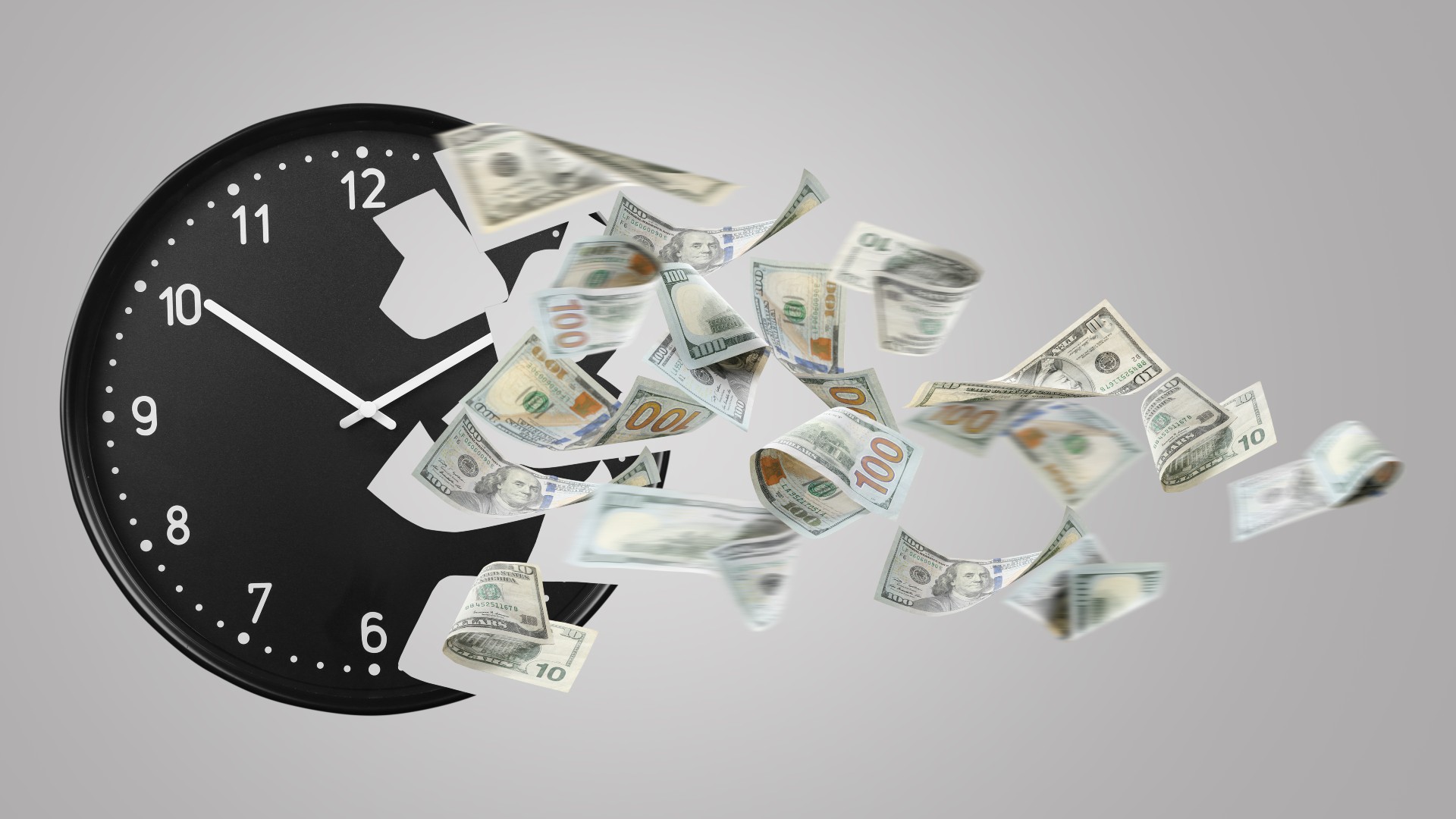For the first time ever, a study finds out what CEOs actually do

I’ve heard folks say that CEOs deserve what they make because of the time they put in.
While some CEOs probably put in many more than the average, that average is about 60 hours per week, according to a showed that CEOs worked:
- On average, 9.7 hours per weekday, which is 48.5 hours a week
- Around 4 hours per weekend day
- 2.4 hours per vacation day
Which adds up to 62.5 hours a week.

What did they do during that time? About 75% of CEO time is scheduled in advance, with 25% spontaneous.
The breakdown of hours spent working is interesting:
- 25% on people and relationships
- 25% on functional and business unit reviews
- 16% on organization and culture
- 21% on strategy
- 3% on professional development
- 4% on mergers and acquisitions
- 4% on operating plans
- Surprisingly, 1% on crisis management
Here’s a sample, provided by the Harvard Business Review, of just one day for one CEO.

Image from What do CEOs Actually do?
In an intriguing finding, 61% of CEO communication? It’s face-to-face. 24% is electronic, and 15% good old-fashioned phone and letters.
According to Michael Porter, University Professor at the Harvard Business school, “We were able to look at 27 different CEOs across a wide range of industries, the average size about $13 billion, so these are big, complex, in some cases international companies. We tracked them for 13 weeks, or 3 months, 24/7. There’s never been data like this before—we’ve never known what CEOs do.”
He continued, “Time is indeed the scarcest resource.”
Time is the scarcest resource for CEOs: Harvard Business School study from CNBC.
What is not illustrated in a study such as this? The fact that CEO pay has risen much more quickly since the Great Recession of 2008 than for anybody else. Indeed, regular workers’ pay has fallen flat, and CEOs now make an average of 271 times regular workers’ pay. (It’s worth noting that this ratio is not as high as it was in years leading up to the Great Recession, but it’s the highest since then.)

This number was 20-to-1 in 1965, and 59-to-1 in 1989. And at some companies such as Honeywell, it’s 333-to-1. That means for every $1 a regular average employee makes there, the CEO makes $333.
I’ll leave it to you to decide if that’s good or bad.





